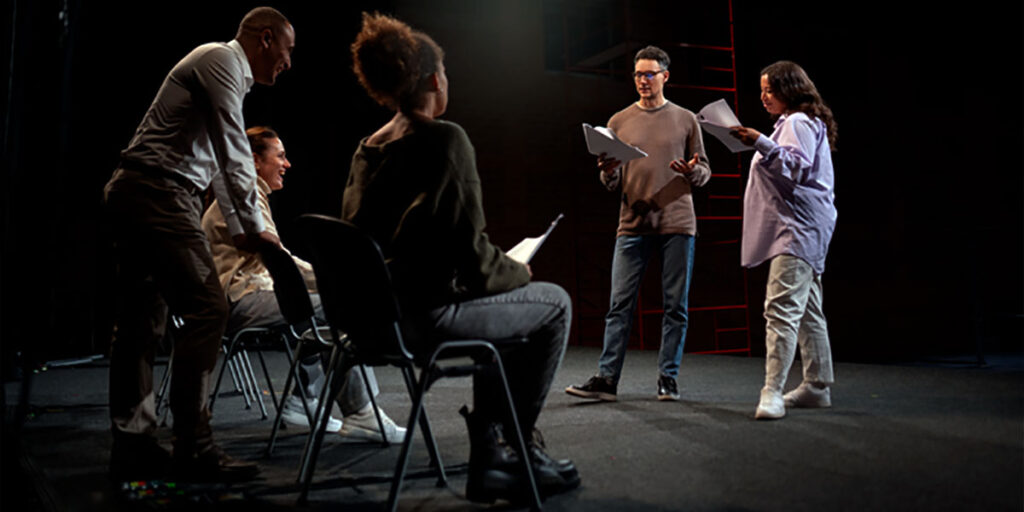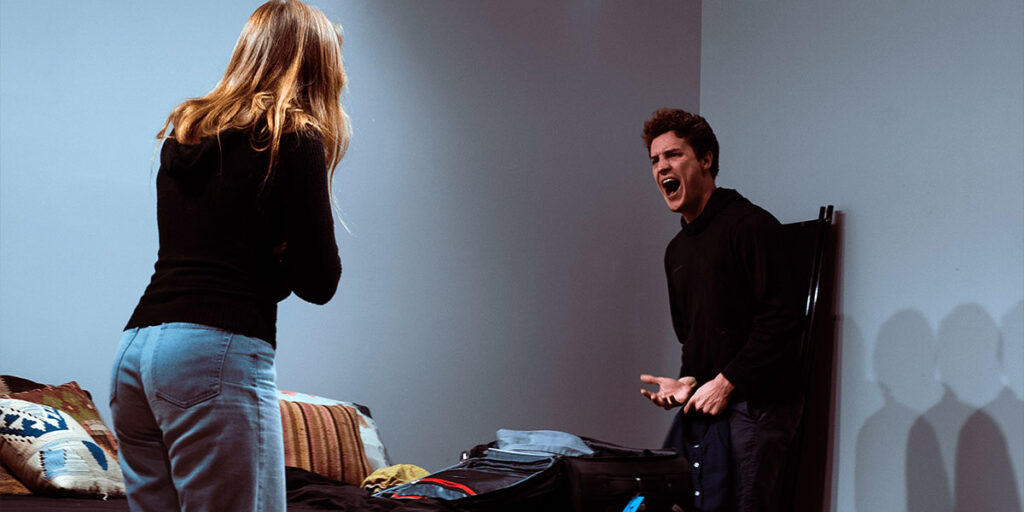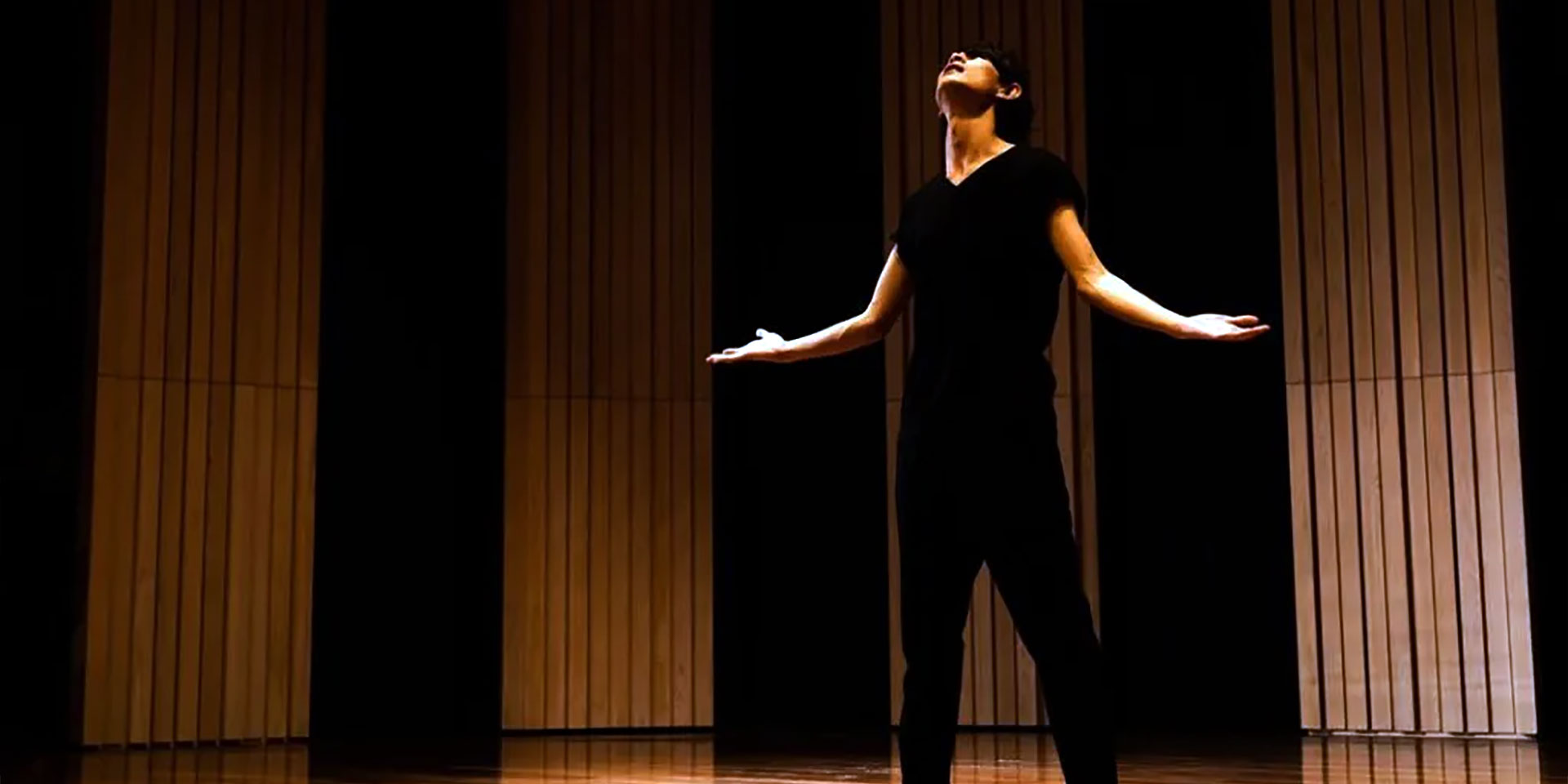In cinema, acting is more than just delivering lines—it’s about embodying characters, conveying emotions, and bringing stories to life. Two of the most prominent approaches to acting are method and practical. While both styles have shaped some of the most memorable performances in film history, they represent distinct philosophies and techniques.
What is Method Acting?
Method acting is a technique where actors immerse themselves deeply into their characters, aiming to experience and embody their roles’ emotions, thoughts, and even physical conditions. This approach, which emerged in the early 20th century and was popularized by figures like Lee Strasberg and Stanislavski, encourages actors to draw from personal memories and emotions to bring authenticity to their performances.
In method acting, preparation often goes beyond rehearsals. Actors may adopt the character’s routines, behaviors, and diet to internalize the role fully. This process can involve significant changes in appearance, daily habits, and interactions, all aimed at blurring the line between the actor and the character. The goal is to achieve a raw, realistic performance that resonates deeply with audiences, creating a powerful and memorable impact on screen.
Famous examples of method actors include Marlon Brando, Robert De Niro, and Daniel Day-Lewis, who have delivered iconic performances using this immersive technique. Whether it’s De Niro gaining weight for Raging Bull or Day-Lewis learning to live as a frontiersman for The Last of the Mohicans, method acting often requires extraordinary commitment.
Despite its potential for compelling realism, method acting has its challenges. The intense preparation can be physically and mentally demanding, sometimes leading to personal strain or conflicts on the set. Yet, for many actors, this approach represents the ultimate pursuit of authenticity in their craft.

What is Practical Acting?
Practical acting focuses on skill, technique, and adaptability, emphasizing an actor’s ability to portray characters convincingly without fully immersing themselves in the character’s life off-camera. Unlike method acting, practical acting relies on external techniques, such as voice modulation, body language, and emotional control, to create authentic performances. Actors using this approach maintain a clear separation between their identity and their role.
From traditional theater techniques, practical acting encourages actors to draw on their training and professional experience rather than their emotions or memories. This allows for more versatility, as actors can switch roles quickly and efficiently, making it especially useful in fast-paced film productions or when playing multiple roles.
Renowned practical actors include Laurence Olivier, Anthony Hopkins, and Cate Blanchett, who have demonstrated the power of technical precision in their performances. For example, Olivier famously relied on makeup, costumes, and vocal changes to transform into characters. At the same time, Hopkins focused on carefully crafted delivery to evoke complex emotions without adopting the character’s lifestyle.
While practical acting may not delve as deeply into a character’s psyche as method acting, it offers greater flexibility, reducing the risk of personal strain or emotional exhaustion. It allows actors to bring a character to life with the same level of impact but with a more measured and controlled approach, making it well-suited to a wide range of roles and genres.

What Does Modern Cinema Demand?
Modern cinema prioritizes efficiency, realism, and versatility. With tighter production schedules, directors often favor practical acting, which allows actors to deliver convincing performances quickly and adapt to various roles without extensive preparation. This approach suits fast-paced genres like action films and episodic series, where time and budget constraints are significant.
However, method acting remains relevant in character-driven dramas and biopics that require deep emotional intensity. While its immersive approach can slow production, it excels in roles that demand psychological depth, offering audiences a raw, authentic experience.
Choosing between these styles as cinema evolves often depends on the film’s genre, character complexity, and production needs. Both acting methods continue to shape how actors meet the demands of today’s diverse and rapidly changing film landscape.
What Do Directors and Producers Prefer?
Directors and producers often base their preferences on the specific needs of the film. They generally lean toward practical acting for faster-paced productions or projects with tight schedules due to their efficiency and adaptability. This approach allows actors to quickly adjust to changing scenes and roles, meeting production demands without delays.
However, for films that prioritize emotional depth and complex character development—like intense dramas or biopics—many directors appreciate the raw authenticity that method acting can bring. While method acting can be more time-consuming, it delivers compelling performances that resonate deeply with audiences.
